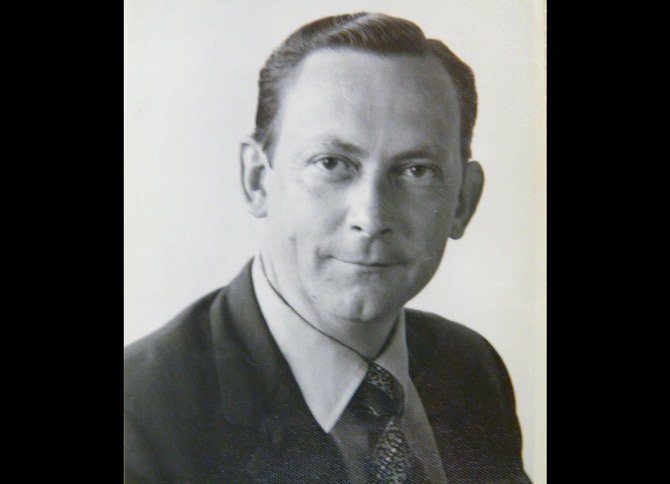Robert Park was born in Suva, Fiji on 13 August 1933 and received his initial education in Suva. He studied civil engineering at Canterbury University College, graduating with a Bachelor of Engineering degree with Honours in 1956 and a Master of Engineering degree with distinction in 1958. In 1964 he was awarded a PhD at the University of Bristol.

Robert Park, 1978. Courtesy University of Canterbury School of Engineering.
In 1965 Bob Park returned to his old university as a senior lecturer, becoming a professor only three years later. He was recognised not only for his research and teaching skills but also as an excellent administrator. He served as head of the Department of Civil Engineering from 1978 to 1992 and then as deputy vice-chancellor of the University of Canterbury from 1993 until his retirement in 1999.
References
Find out more
References
'Hon doc - Emeritus Professor Robert Park', University of Canterbury, Christchurch, NZ, accessed November 2, 2018.
J Ingham, D Bull, K Twigden, ‘Remembering Professors Paulay, Park and Priestley,’ paper presented at The New Zealand Concrete Industry conference, Rotorua, NZ, 2015.
Robert Reitherman, ‘Robert Park’ and ‘Tom Paulay’ in Connections: the EERI Oral History Series. Earthquake Engineering Research Institute Publication No: OHS-12, Oakland, CA, 2006.

